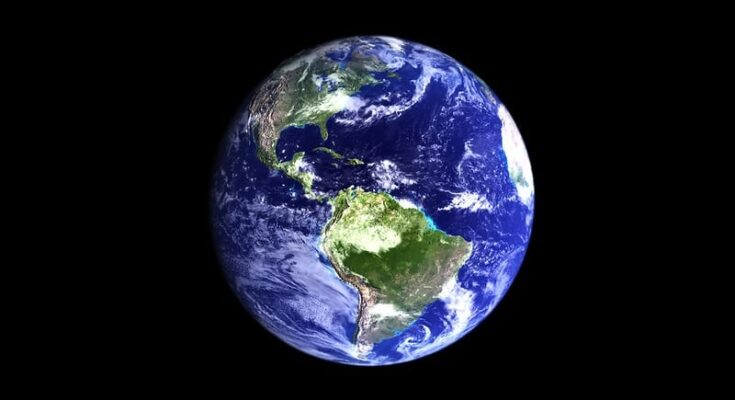In school, many of us learned that there are seven continents on Earth—Africa, Antarctica, Asia, Australia, Europe, North America, and South America—and, for quite some time, this has been the widely accepted theory.
However, new findings suggest this might not be true. Dr. Jordan Phethean and his team now believe there are only six continents.
This surprising idea comes from a study that examines the geological changes in Europe and North America. The study looks at how these landmasses have changed over millions of years.
Phethean, a researcher from the University of Derby, says this study changes how we understand tectonic plates.
“The discovery indicates that the North America and Eurasian tectonic plates have not yet actually broken apart, as is traditionally thought to have happened 52 million years ago,” says Phethean.
Instead, these plates are still slowly pulling apart. This ongoing process changes our understanding of how Earth’s continents form and separate.
Iceland and Earth’s continents
The study focuses on Iceland, a volcanic island between the Greenland Sea and the North Atlantic Ocean. People have long believed that Iceland formed about 60 million years ago due to the mid-Atlantic ridge.
This ridge, created by the North American and Eurasian plates, was thought to have allowed a hot mantle plume to rise, forming the island. However, recent findings challenge this idea. Researchers, after a detailed study of tectonic movements in Africa, have proposed an intriguing new theory.
They suggest that Iceland and the Greenland Iceland Faroes Ridge (GIFR) hold geological pieces from both European and North American tectonic plates.
This finding means these areas are not just separate landforms but are parts of a bigger continental structure. The researchers have named this newly identified feature the Rifted Oceanic Magmatic Plateau (ROMP).
ROMP is the Earth Science equivalent of the Lost City of Atlantis
Phethean makes an interesting comparison, calling the ROMP the Earth Science equivalent of the Lost City of Atlantis.
“Fragments of lost continent submerged beneath the sea and kilometers of thin lava flows,” he explains. The team found strong similarities between the volcanic Afar region in Africa and Iceland.
If Phethean’s team is right, the European and North American continents are still breaking apart. This could mean that, scientifically, North America and Europe might be considered one continent instead of two separate ones.
The research is still in its early stages. The team plans to study volcanic rocks in Iceland to find more evidence of ancient continental crust.
They are also using plate tectonic modeling and computer simulations to better understand how the ROMP formed.



